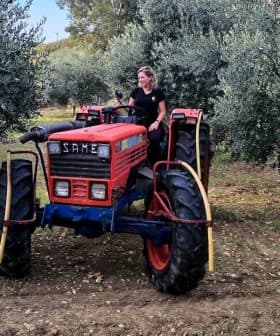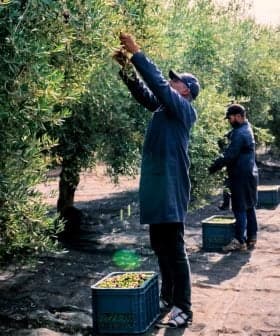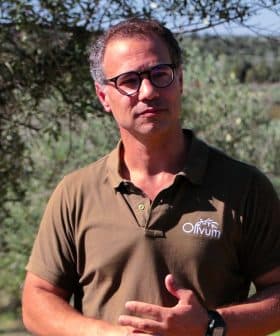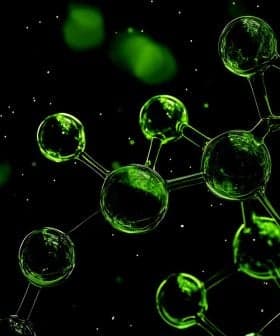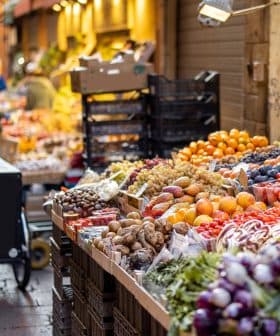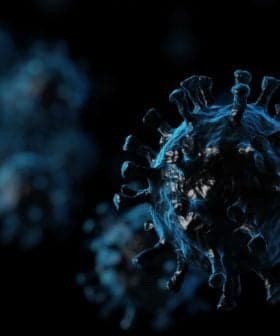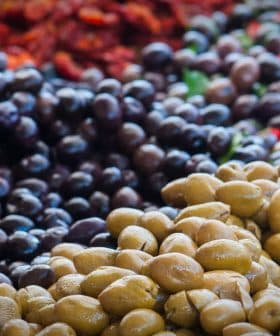Scientists Tap Bacterial Strain in Pruning Waste for Sustainable Bioproducts
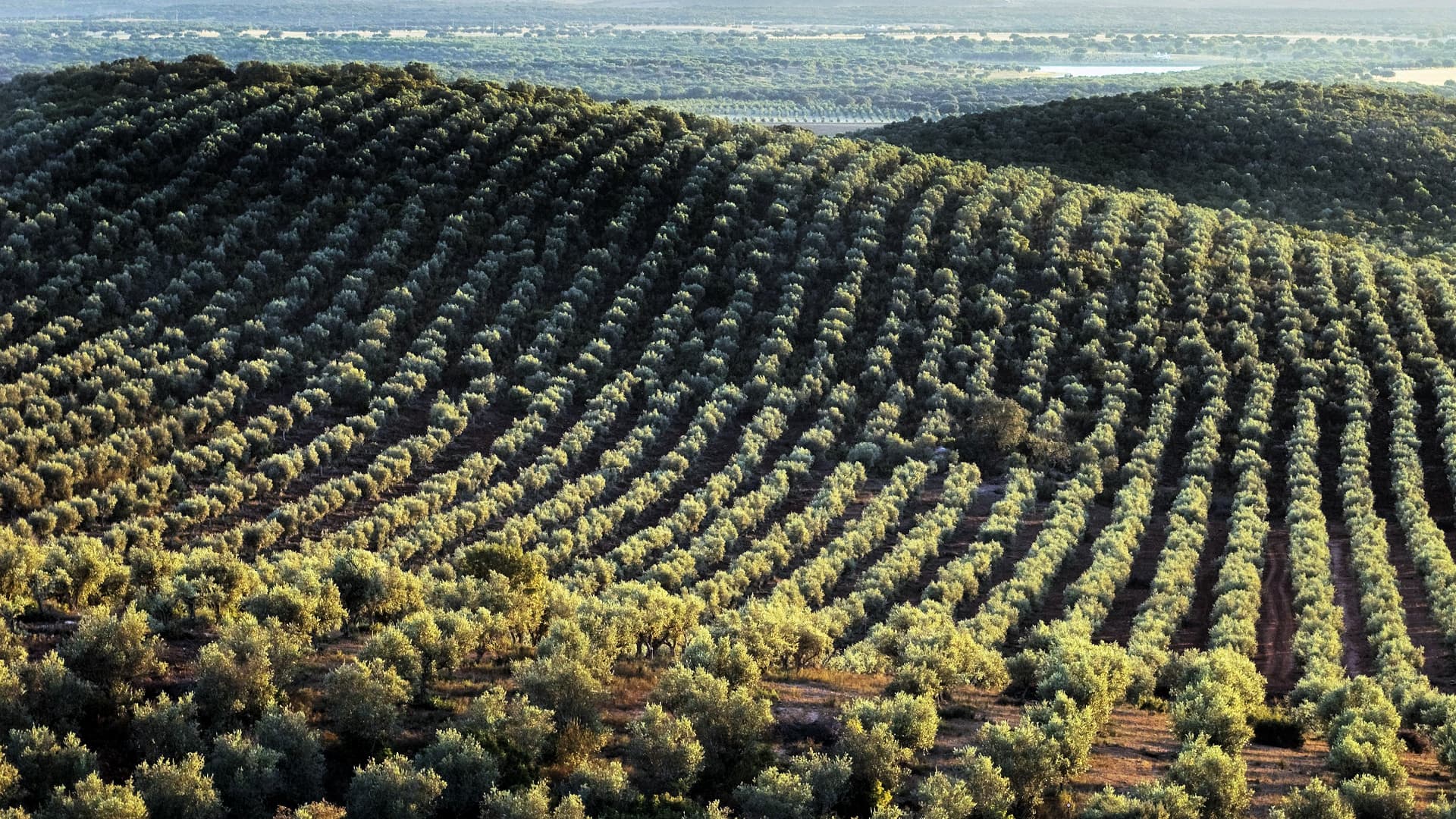
Researchers have identified a bacterial strain, Rhodococcus sp. 24CO, in olive pruning waste that efficiently produces neutral lipids, particularly triacylglycerols, with potential applications in biotechnology. The strain demonstrates the ability to convert various carbon sources to high-value products, such as biofuels, detergents, cosmetics, and pharmaceutical components, offering a sustainable solution for utilizing olive waste and potentially reducing environmental impact.
Researchers from Argentina and Spain have demonstrated the potential of a bacterial strain in olive pruning waste for biotechnological applications.
The study, published in Fermentation, builds on research presented in 2022 at the XVII Argentine Congress of General Microbiology.
The strain in question, Rhodococcus sp. 24CO, efficiently converts various carbon sources to neutral lipids, especially triacylglycerols, accumulating up to 47 percent of its biomass as the dietary lipid.
See Also:Study Finds Potential for Olive Mill Wastewater in BiopesticidesMicrobial triacylglycerol synthesis has received significant attention recently due to its potential for producing sustainable high-value products from waste materials. Such products include biofuels, detergents, fertilizers, cosmetics and pharmaceutical components.
Rhodococcus sp. 24CO, was isolated from the leaves of Frantoio cultivars on the eastern coast of southern Patagonia. Many Rhodococcus species are known for their capacity for mitigating persistent and dangerous pollution such as pesticides, herbicides and radioactive material, as well as their ability to convert cheap substrate into more valuable compounds.
To assess the strain’s properties and capabilities, the researchers subjected it to various tests.
When cultured, 24CO could grow on four of the 50 carbon sources tested, including fructose, mannitol, sorbitol and arabitol. The first two, naturally present in olive leaves, led to triacylglycerol accumulations of up to 47 percent and 28 percent of cellular dry weight, respectively.
High neutral lipid production from mannitol also occurred in nitrogen, which the authors believe to be previously unreported behavior and industrially relevant since it implies that the strain would produce a high biomass and, simultaneously, high quantities of triacylglycerols.
Chemical analysis of fresh and dewatered leaf extracts of olive pruning waste revealed high carbon-to-nitrogen ratios, indicating its suitability for lipid production.
Further cultures supported this, yielding more than 20 percent of cell dry weight as neutral lipids with the dewatered infusion and eight percent with the fresh infusion. Triacylglycerols produced with the former resembled those from mannitol cultivation.
In addition, both cultures detected small amounts of polyhydroxybutyrate, a polymer of interest for biodegradable plastic production. Genome analysis of Rhodococcus sp. 24CO confirmed its potential for synthesizing these polymers.
Analysis further revealed significant genetic differences between 24CO and Rhodococcus sp. RHA1, one of the best-studied members of the genus. 24CO lacked several genes linked to redox and nitrogen metabolism present in RHA1, which are typically activated under lipid-producing conditions. The absence of these genes did not appear to hinder 24CO’s lipid accumulation, suggesting alternative regulatory mechanisms.
Although 24CO was found to possess fewer wax ester enzymes than RHA1, its lipid yields were equal to or superior to those of the former. This suggests that the enzymes responsible for triacylglycerol biosynthesis in this strain may be more efficient. Kennedy pathway enzymes were fully present, however, and had high redundancy.
After assessing suitable environmental conditions for the species, the researchers concluded that it could survive and reproduce between 4 °C and 30 °C, with an optimal temperature of 28 °C.
Salinity and pH experiments showed that it could tolerate up to five percent weight per volume of sodium chloride with a pH value from six to ten, or slightly acidic to basic.
The authors also note that leaf surfaces in Patagonia represent a harsh environment, subject to high ultraviolet radiation, low nutrient levels and desiccation.
Although many initiatives aimed at reducing and reusing olive waste are underway, most olive pruning waste is still burned.
In Spain alone, approximately 1.25 million metric tons of leaves are generated from pruning annually. The researchers believe that Rhodococcus sp. 24CO is a viable candidate for transforming this enormous biomass into sustainable and valuable products, primarily via triacylglycerol biosynthesis.


